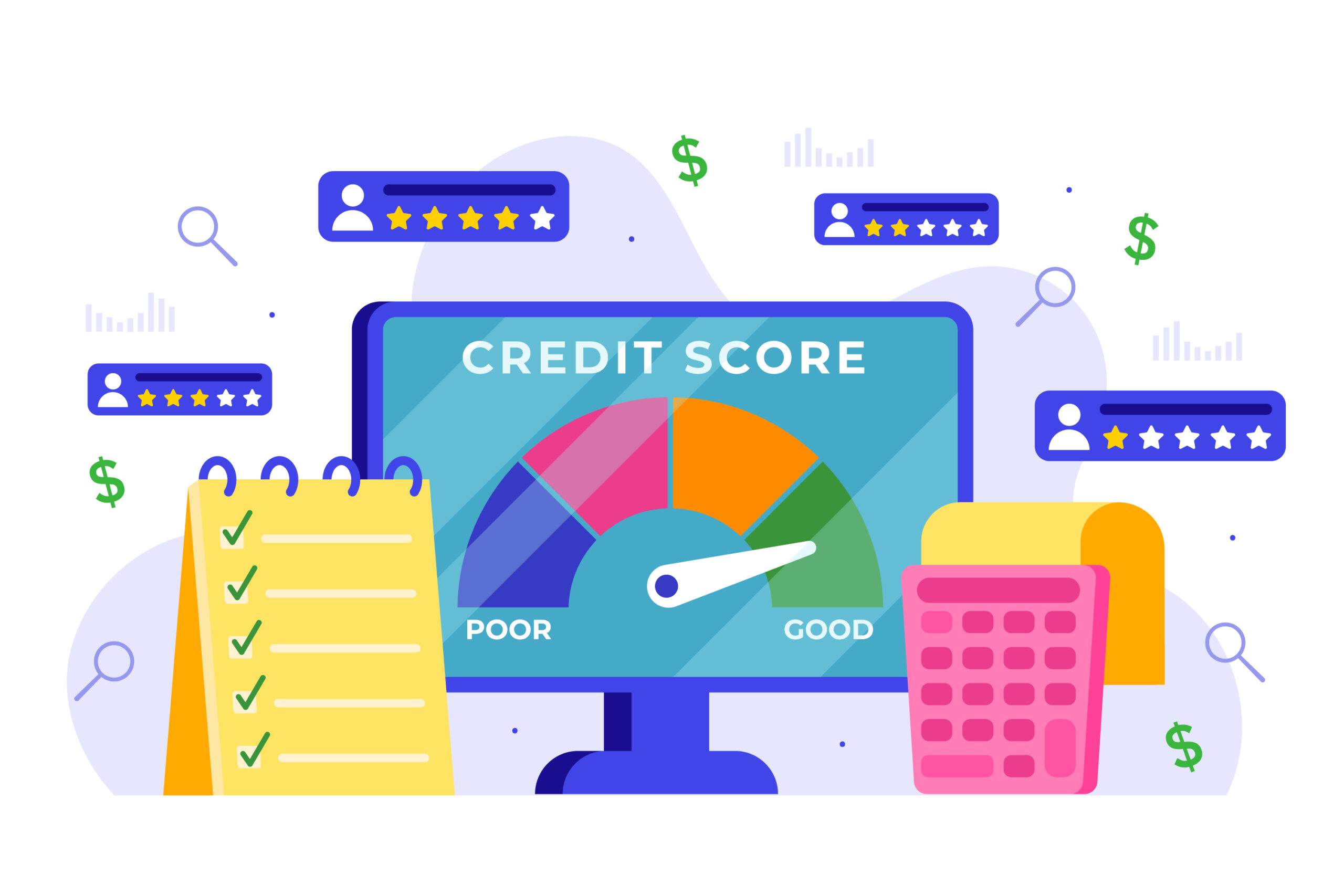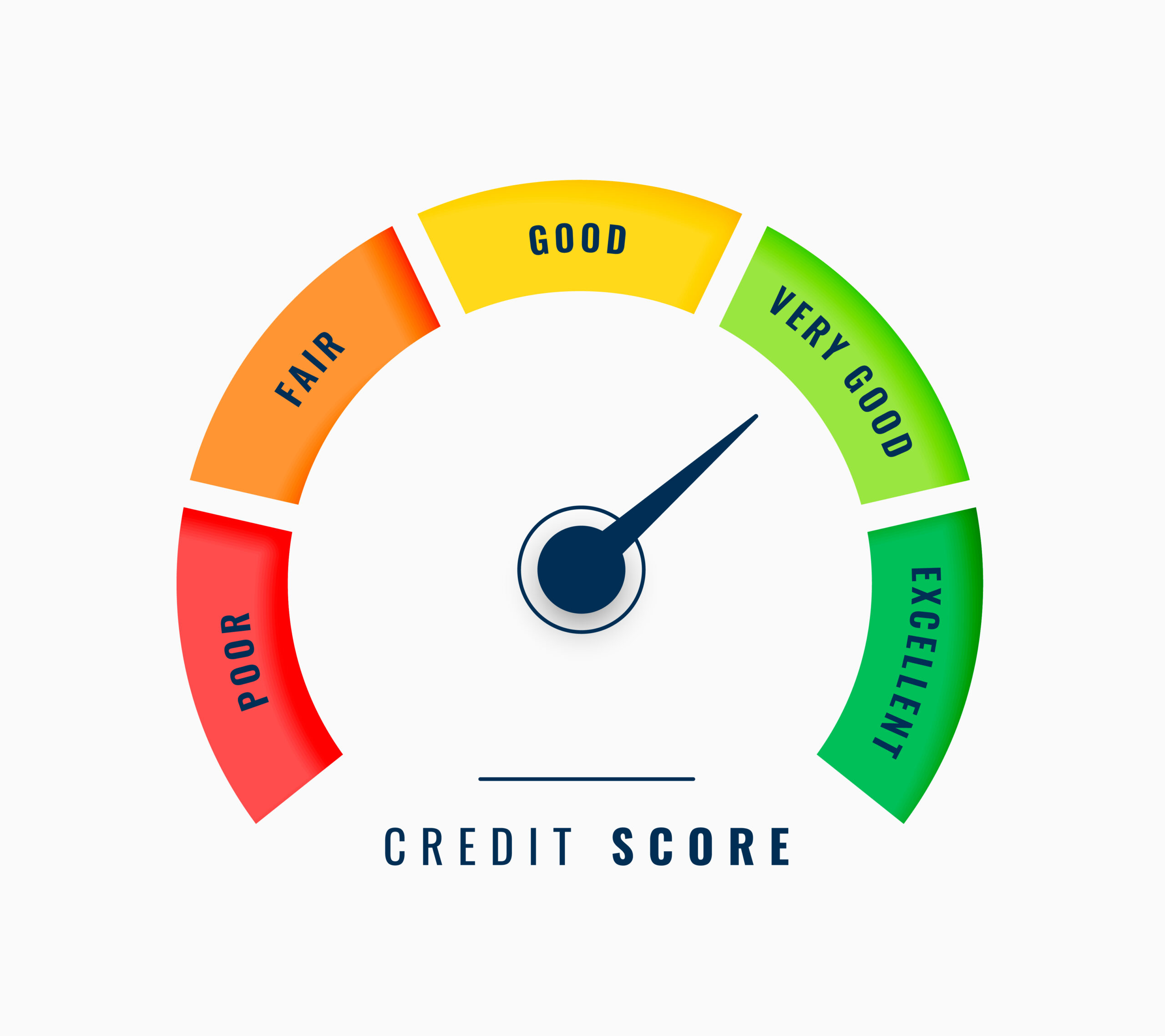
Improving your credit score can open doors to better financial opportunities, including lower interest rates on loans, easier approval for rental applications, and even better insurance rates. If you’re looking to boost your credit score quickly, this ultimate guide will show you how to make a noticeable difference in just 30 days. By understanding the factors that influence your credit score and taking specific actions, you can start seeing improvements that can help you reach your financial goals.
What is a Credit Score?
Your credit score is a three-digit number that represents your creditworthiness. It helps lenders determine how likely you are to repay a loan. Credit scores typically range from 300 to 850, with higher scores indicating better credit. There are several models used to calculate credit scores, but the most common one is the FICO score. Here’s how the scores are generally categorized:
- Excellent: 800-850
- Very Good: 740-799
- Good: 670-739
- Fair: 580-669
- Poor: 300-579
The goal is to have a score that is considered good or higher to access better credit terms and offers.
Factors That Affect Your Credit Score
Before diving into how to improve your credit score in 30 days, it’s essential to understand the factors that affect it:
- Payment History (35%): This is the most critical factor and includes your record of on-time payments. Late or missed payments can significantly lower your score.
- Credit Utilization (30%): This measures the amount of credit you’re using compared to your total credit limit. A lower utilization rate is better.
- Length of Credit History (15%): Longer credit histories generally result in higher scores because they provide more data on your financial behavior.
- Credit Mix (10%): Having a mix of credit types, such as credit cards, mortgages, and car loans, can positively impact your score.
- New Credit (10%): Opening new credit accounts can lower your score in the short term because of the hard inquiries and the reduced average age of your accounts.

Step 1: Check Your Credit Report for Errors
One of the quickest ways to increase your credit score is to check your credit report for errors. Mistakes on your credit report can unfairly lower your score. Here’s how to check and fix errors:
How to Get Your Credit Report
You are entitled to a free copy of your credit report from each of the three major credit bureaus (Equifax, Experian, and TransUnion) once a year through AnnualCreditReport.com. Review each report carefully.
Common Errors to Look For
- Incorrect personal information (name, address, etc.)
- Accounts that don’t belong to you
- Incorrect account status (e.g., showing late payments that were actually paid on time)
- Duplicate accounts
- Outdated information
How to Dispute Errors
If you find an error, dispute it immediately. Contact the credit bureau that issued the report with the error, either online or by mail, and provide documentation to support your claim. Once the dispute is filed, the bureau has 30 days to investigate and correct any errors.
Step 2: Pay Down High Balances
High credit card balances can severely impact your credit utilization rate, which is a significant factor in your credit score. Reducing your credit card balances quickly can provide a boost to your score.
Focus on High-Interest Debts First
Start by paying down the cards with the highest interest rates. This will not only help improve your credit score but also save you money on interest.
Use the Snowball or Avalanche Method
- Snowball Method: Pay off your smallest debts first, then move on to larger ones.
- Avalanche Method: Pay off debts with the highest interest rates first, regardless of the balance.
Consider a Balance Transfer
If you have high-interest credit card debt, consider transferring the balance to a card with a lower interest rate or a promotional 0% APR. This can help you pay down your debt faster and lower your utilization rate.
Step 3: Pay Bills on Time
Since payment history makes up 35% of your credit score, paying all your bills on time is crucial. Even one late payment can significantly drop your score. Here are some tips to ensure you never miss a payment:
Set Up Automatic Payments
Enroll in automatic payments for all your credit accounts. This will ensure that at least the minimum payment is made on time every month.
Use Payment Reminders
If you prefer not to set up automatic payments, use payment reminders. Set reminders on your phone or use apps that can alert you when payments are due.
Prioritize Payments
If you’re struggling to pay all your bills, prioritize the ones that report to the credit bureaus first, such as credit cards, loans, and mortgages.
Step 4: Reduce Credit Utilization Rate
Credit utilization is the amount of your credit limit that you’re using. Ideally, you should aim for a utilization rate of 30% or lower. For example, if your credit card limit is $1,000, you should keep your balance below $300.
Strategies to Lower Credit Utilization
- Pay Twice a Month: Instead of making a single monthly payment, consider making two payments a month. This can help keep your balance lower throughout the month.
- Ask for a Credit Limit Increase: Requesting a higher credit limit can lower your utilization rate, as long as you don’t increase your spending. However, be cautious as this could result in a hard inquiry.
- Focus on Paying Down Cards Close to the Limit: Pay off balances that are close to their limits first, as high utilization on individual cards can also hurt your score.
Step 5: Avoid New Credit Inquiries
Applying for new credit can cause a small dip in your score due to hard inquiries. To maximize your score in 30 days, avoid opening new credit accounts unless absolutely necessary.
Understand the Impact of Hard Inquiries
A hard inquiry occurs when a lender checks your credit report as part of a loan application process. Each hard inquiry can lower your score by a few points and stays on your report for up to two years.
Limit Applications
Only apply for new credit when it’s essential. Multiple hard inquiries in a short period can significantly impact your score, especially if your credit history is short.
Step 6: Keep Old Accounts Open
The length of your credit history accounts for 15% of your credit score. Closing old credit accounts can shorten your average account age and hurt your score.
Why You Should Keep Accounts Open
Older accounts add to your credit history length, which is beneficial for your score. Even if you’re not using the account, keeping it open can be advantageous.
Use Old Accounts Occasionally
To keep old accounts active, make a small purchase every few months and pay it off in full. This will prevent the account from being closed due to inactivity.
Step 7: Become an Authorized User
If you have a trusted family member or friend with a good credit history, consider asking them to add you as an authorized user on one of their accounts. This can help improve your credit score without you having to use the card.
Benefits of Being an Authorized User
- Boost in Credit Score: You gain the benefits of the primary user’s good credit habits, such as low utilization and on-time payments.
- No Responsibility for Payment: As an authorized user, you’re not responsible for making payments, but you’ll benefit from the account’s positive history.
Choose the Right Account
Ensure the account you’re added to has a good payment history, low utilization, and has been open for a long time. If the primary account holder has poor credit habits, it could negatively impact your score.
Step 8: Use Credit Building Tools
Several tools and services can help you improve your credit score quickly. These tools are designed to help you establish positive credit habits and report them to the credit bureaus.
Consider a Credit Builder Loan
A credit builder loan is a type of loan where the money you borrow is held in a bank account until the loan is paid off. This helps build your credit without the risk of spending the loan amount.
Use Rent Reporting Services
Rent payments are often not included in your credit report. However, there are services that can report your rent payments to the credit bureaus, helping to improve your score if you pay on time.
Secured Credit Cards
A secured credit card is backed by a cash deposit, which serves as your credit limit. Using a secured credit card responsibly can help you build credit and improve your score over time.
Step 9: Diversify Your Credit Mix
Your credit mix accounts for 10% of your score. Having different types of credit, such as credit cards, personal loans, and a mortgage, can positively affect your score.
Add Different Types of Credit
If you only have credit cards, consider adding an installment loan or vice versa. A diverse credit portfolio can demonstrate your ability to manage different types of credit responsibly.
Be Strategic About Adding New Credit
While diversifying your credit mix can help, be strategic about when and how you add new credit to avoid too many hard inquiries.
You can also read : Is Debt Consolidation Right for You? Find Out in 5 Minutes
Conclusion
Improving your credit score in 30 days is possible with the right strategies. Start by checking your credit report for errors, paying down high balances, and ensuring you pay all bills on time. Keep your credit utilization low, avoid new inquiries, and maintain older accounts. Utilize credit-building tools like credit builder loans and secured credit cards, and consider becoming an authorized user on a trusted account. By following these steps, you can give your credit score the boost it needs, opening the door to better financial opportunities. Remember, maintaining good credit habits over the long term will continue to improve your score beyond the initial 30 days.